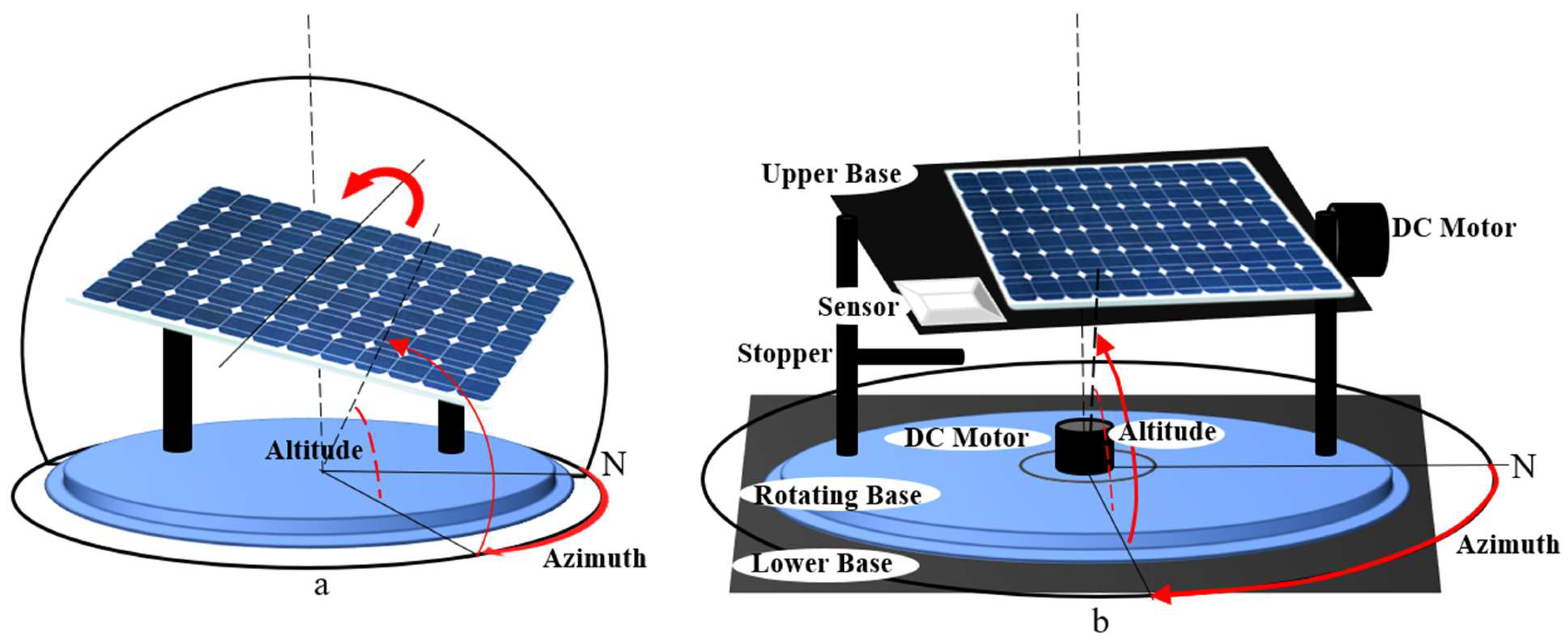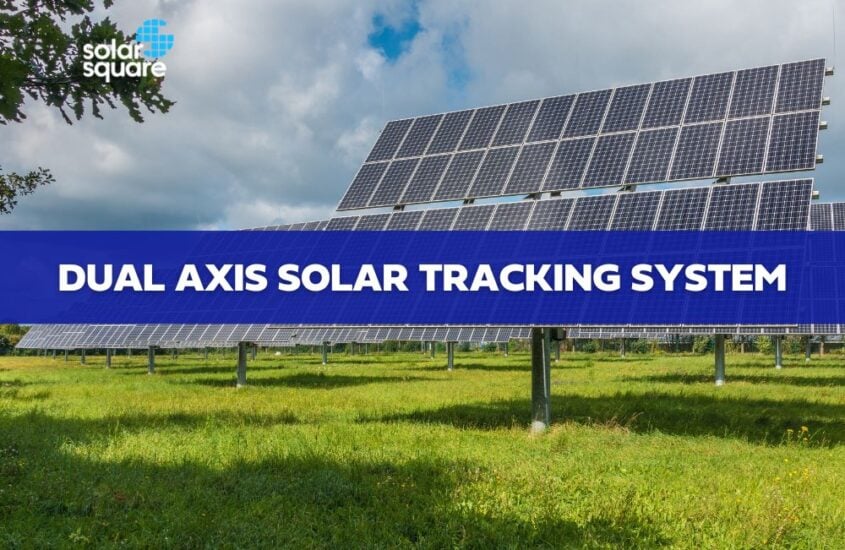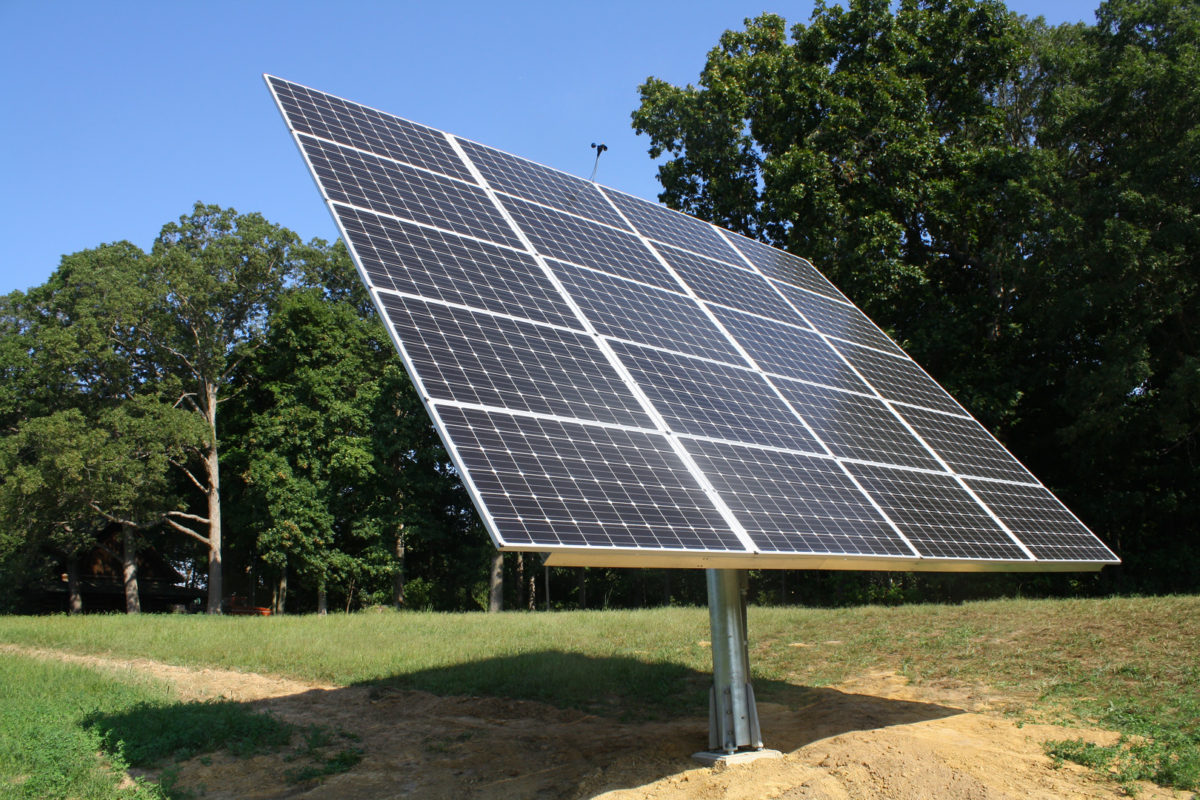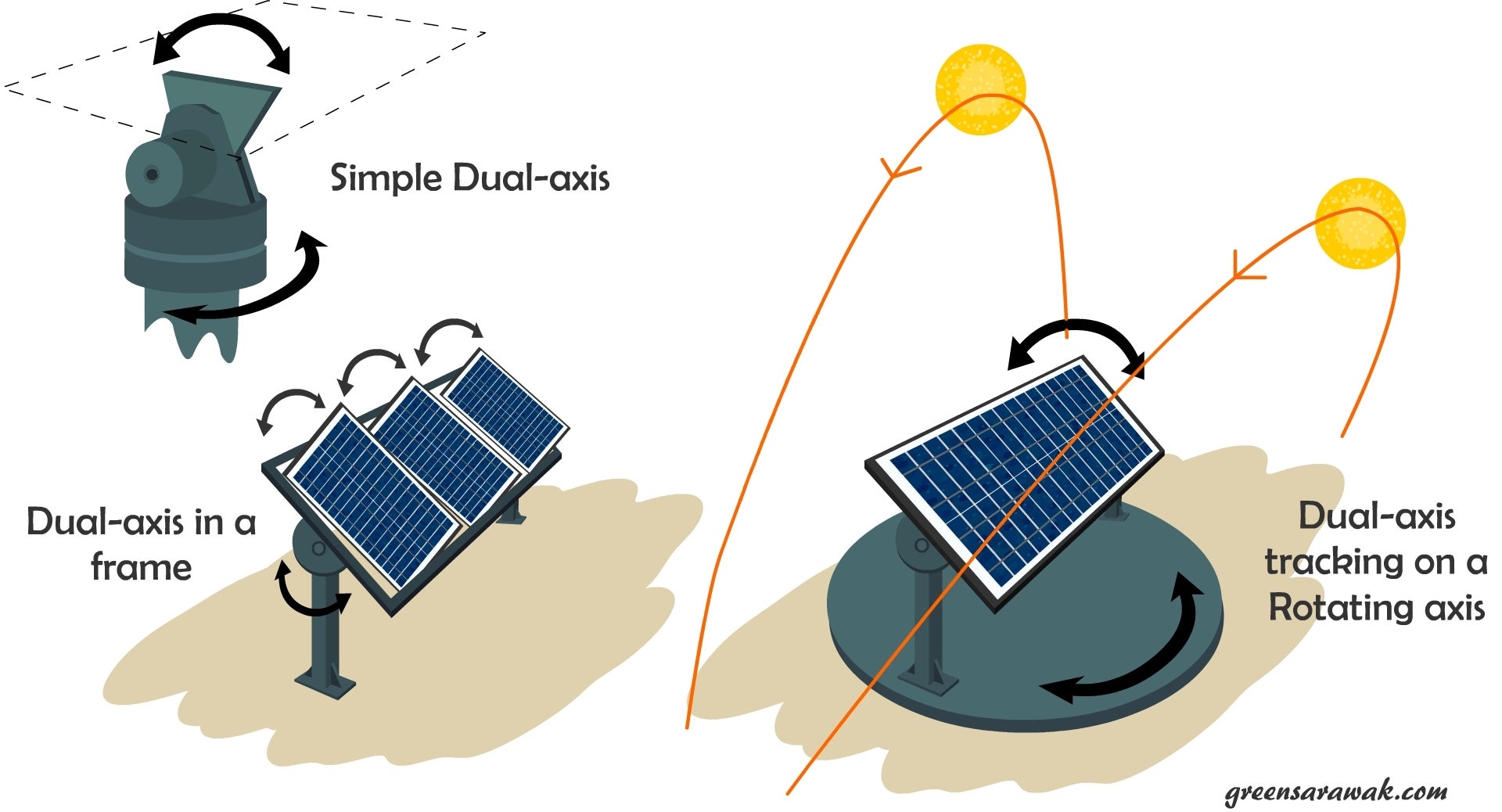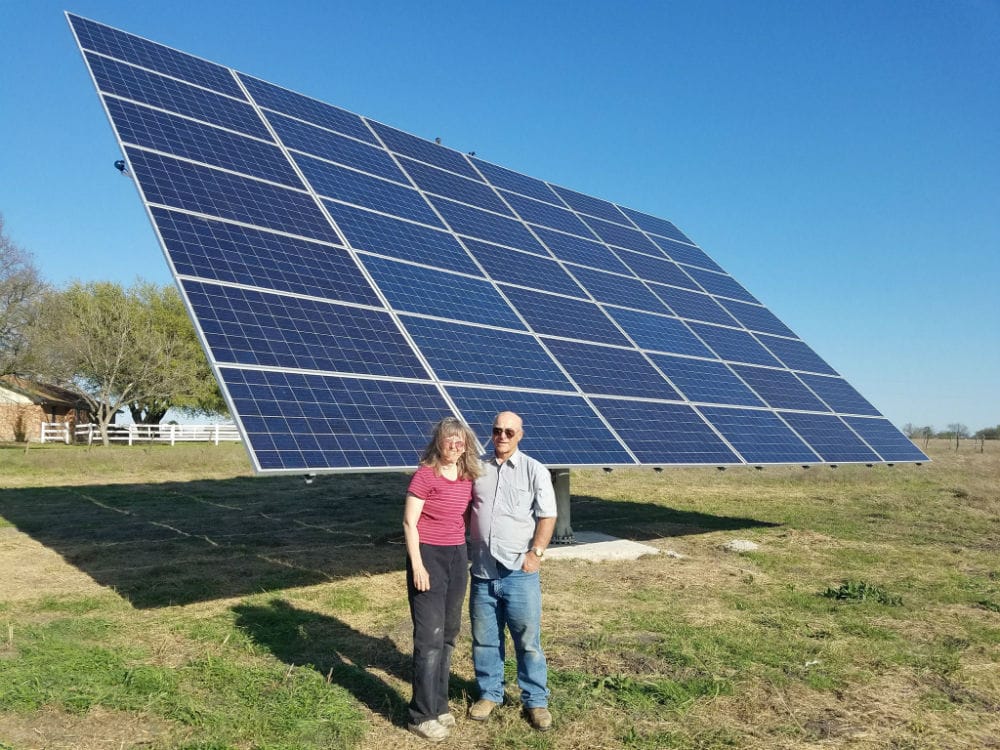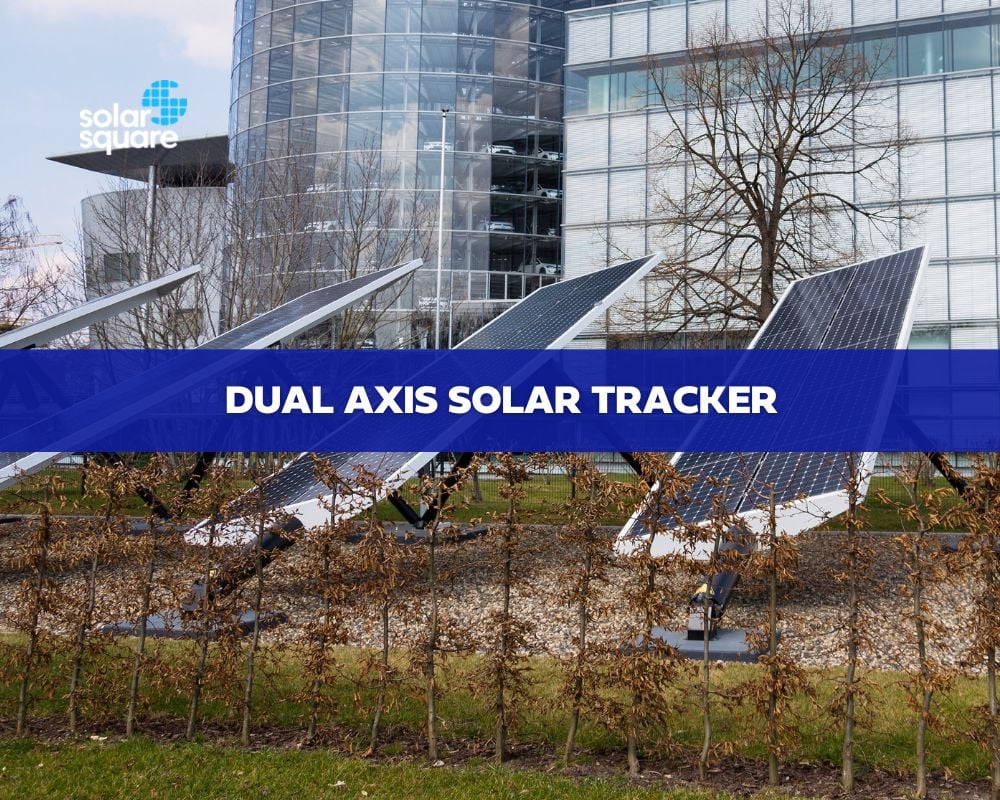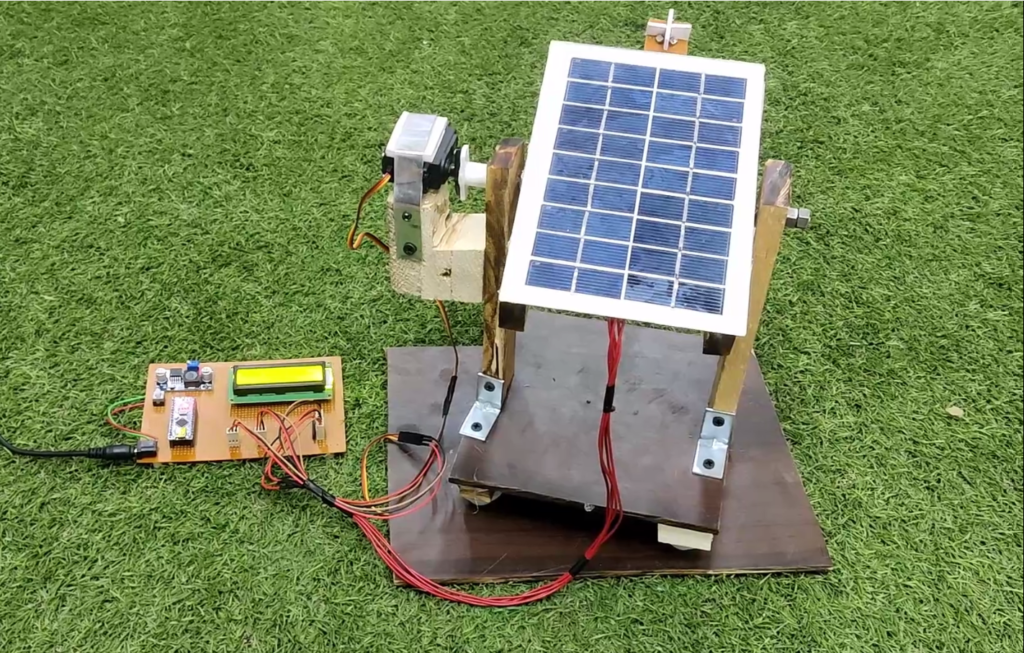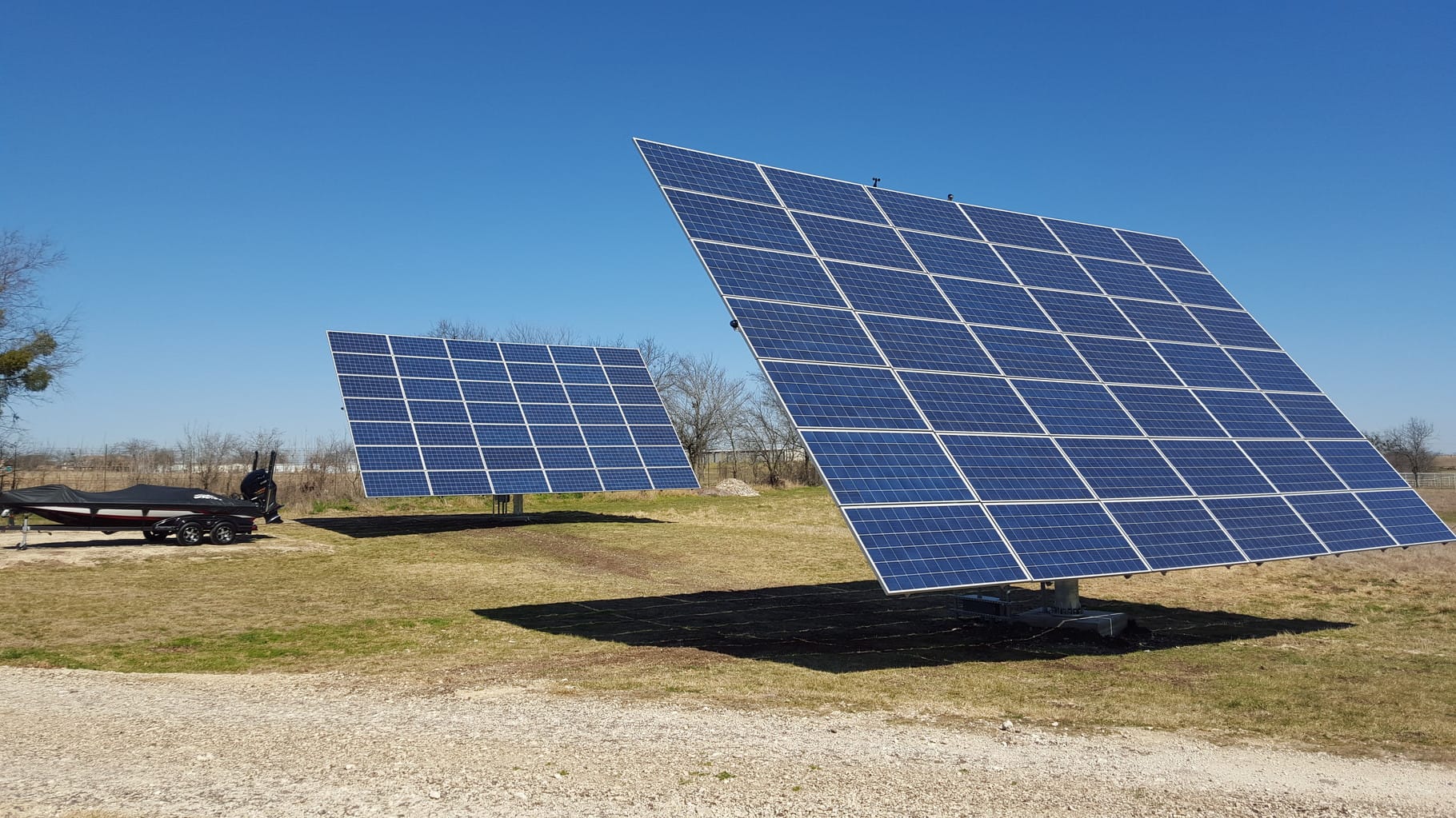Outrageous Info About What Are The Disadvantages Of A Dual Axis Solar Tracker Xy Plane Graph Online

Solar tracking systems allow solar panels to follow the sun’s path in the sky to produce more solar electricity.
What are the disadvantages of a dual axis solar tracker. What are the pros and cons of dual axis solar tracking systems? And it’s essential you understand both sides of these tracker systems before you. With these solar trackers, electricity production increases up to 40% compared to fixed panels.
Nuclear and hydropower have their challenges as well, leaving renewable energy sources like solar and wind as the best options. While solar trackers will increase the solar panel system’s energy production, they are very expensive and can potentially double the. These trackers have a shorter lifespan and lesser reliability.
The biggest benefit of a solar tracking system is that it offers a boost in electricity production. Click here to find out the benefits and cons of a dual axis tracker. With the world's population growing, there is a pressing concern for the availability of power.
Perhaps not within 10 years, but sooner or later. Adding solar trackers can significantly raise the price of a pv system installation. Tracking systems are going to be more expensive than the opposing fixed mounted variety.
To improve the efficiency of. A typical dual axis solar panel can generate up to 40% more electricity than a static type, but costs perhaps 100% more and has larger maintenance costs. It offers a limited technological upgrade.
Solar trackers are slightly more expensive than their stationary counterparts, due to the more complex technology and moving parts necessary for their operation. The solar tracker is an automated module fitted to your system that reads the angle of the sun and adjusts your panels to compensate, thus maximizing your system’s solar output. Top 10 solar smart tracker manufacturers in india.
They rotate panels on only one axis, so back. The biggest benefit of a solar tracking system is that it offers a boost in electricity production. If the slew drives and gears are not tight enough, if they are not made of strong enough materials, they may lose their accuracy and may also fail structurally.
Let's look at some examples when you might consider installing them versus other solutions. A dual axis solar tracker can adjust the direction of solar panels according to the sun's movement. And when that happens, repairs are a serious headache and carry a heavy price tag.
Well, both models have their advantages and disadvantages. Low performance in cloudy or overcast weather; The tracking equipment alone can range from $500 to over $1,000 per panel.
The cheapest way is by mounting one follower attached to another.

